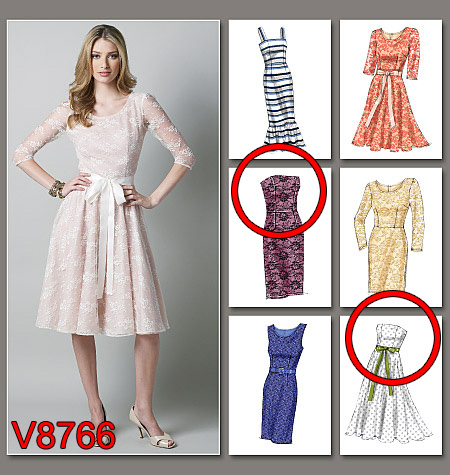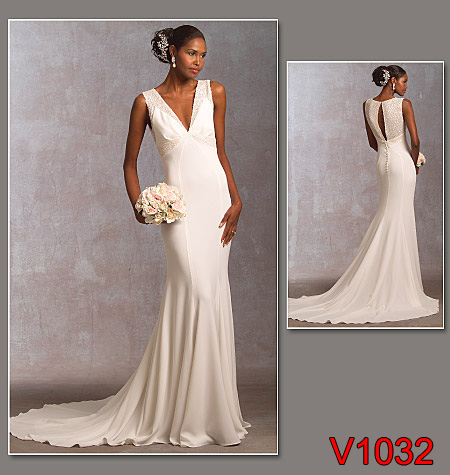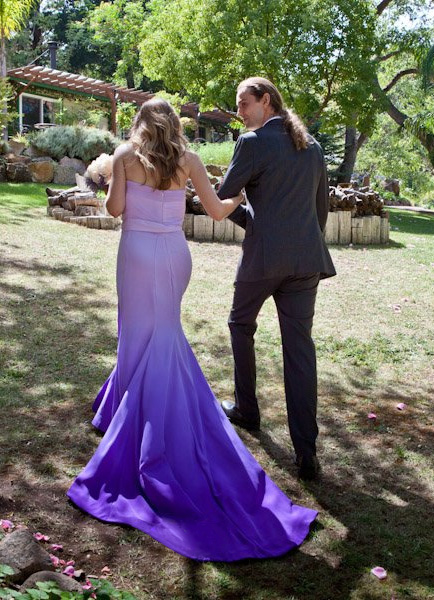For the couture-minded crafter, a few notes on the bride's gown:
Cindy did try on a few factory-made dresses before deciding that she had better make her own. The process wouldn't save her money and would certainly not save time, but at least would result in something that felt uniquely like her own.
The colors she chose for her dress were inspired by a beautiful sunset in the town of Mammoth Lakes on the evening of October 1st, 2013. Miles and Cindy were vacationing there, almost exactly a year after Cindy had received her engagement ring in that very area (Yosemite National Park). The sunset was a perfect gradient of fading color, and Cindy knew right away that she wanted to make an "ombre" colored dress. She began the project when they returned home, nearly 9 months before the projected wedding date.
She couldn't find a pattern that was exactly the design she wanted, so she ended up mixing two patterns, taking the bodice (top part of the dress, above the waist) from Vogue 8766 and the skirt with train from Vogue 1032:
She made a couple mock-ups of the bodice with polyester fabric to get the size right, and one mock-up of the skirt. When it was time to start the actual dress, she bought a good 20 yards of a light lavender silk georgette.
The skirt is seven individual pieces, which Cindy cut out, and then sewed temporarily together. They would have to be in perfect alignment for the dying, so that the final piece would have an even gradient of dye.
Miles and Cindy did the "ombre" dying together, one weekend day. Before this, they had done many practice dyes on scrap pieces of silk, to choose the right color, and also to learn how to dye with an even gradient. The first attempts were very "choppy" - if the fabric is lowered into the dye-bath incrementally, the resulting fabric will have lines of dye. Instead, one must be continually lowering the fabric into the dye-bath for a flawless gradient.
After the method had been determined and the best color had been chosen, Miles and Cindy worked under a strict time constraint to dye the skirt pieces, and also the piece that would be used for the sash. The silk was washed and dried after the dying, and the individual units of the skirt were un-stitched. It was necessary to dye in this way so that the pieces could be ironed efficiently and then sewn onto the lining pieces of the skirt.
Cindy then sewed each piece onto a lining piece, and assembled the skirt and bodice separately. The bottom of the bodice and top of the skirt were not matched up, as they were not from the same pattern, so Cindy sewed them together at the waist as best she could. She designed the sash with a hanging piece that would reach down well below her knees. The two very small ruffles on the the top of the dress she made based on a top she had in her closet, which had very similar ruffles.
The final step was sewing in the zipper, and then just some last minute touches to make the train drape properly. Less than a week before the wedding, Cindy determined the dress was finished!




